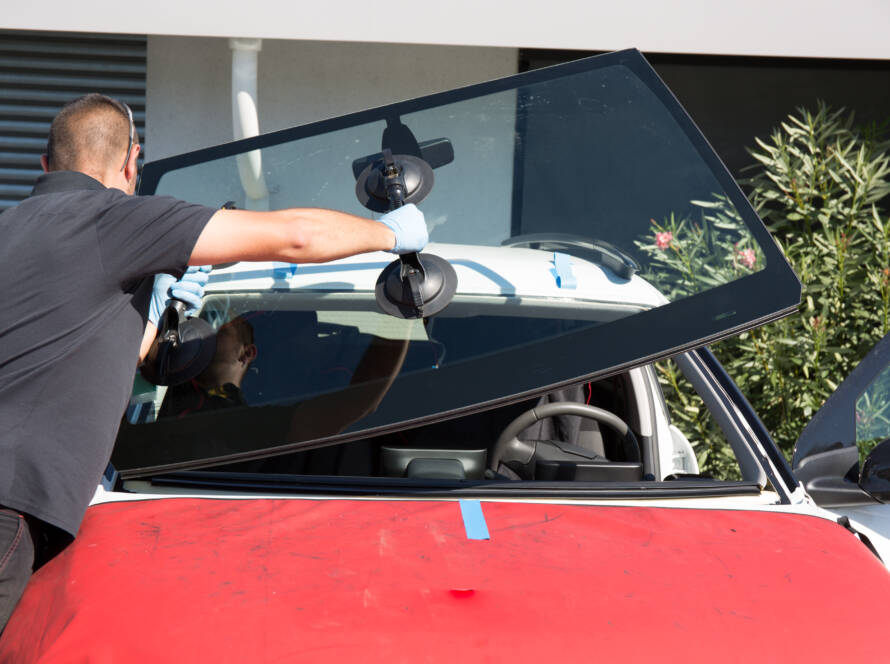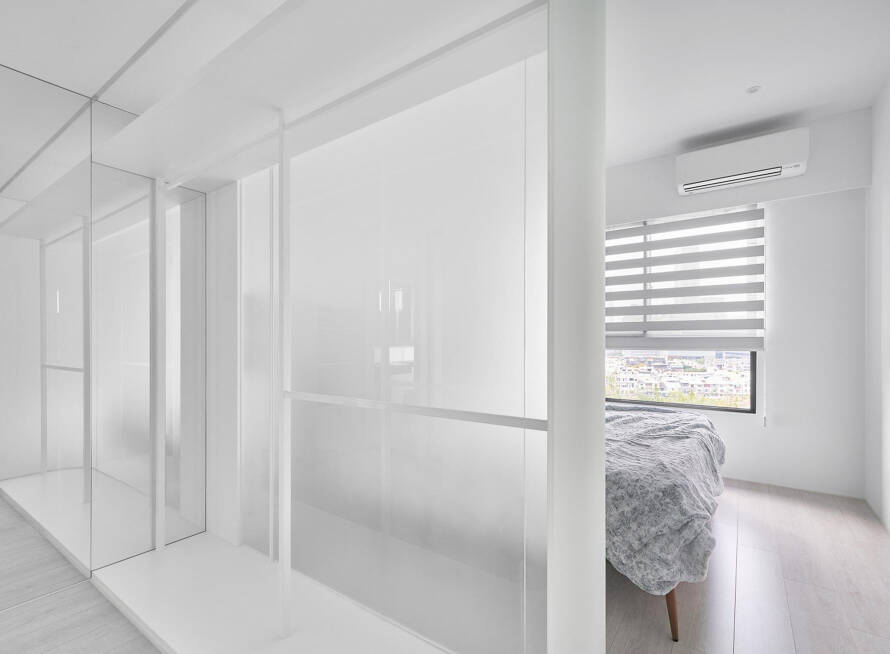What causes vibration in automotive glass and how to make your windows less noisy ?
‘A key part of a smooth ride is glass that stays strong and doesn’t let in vibrations’.
People looking for a vehicle now want it to be comfortable and perform well. Although people mainly talk about the smoothness of the engine and how the suspension feels, the quietness in a cabin is made possible in large part by anti-vibration automotive glass. Each bump in the road can create vibrations which can make your windows buzz, shake or rattle without proper engineering.
Vibration in the glass of automobiles causes more than just annoyance, as it influences the safety, insulation and ride of the vehicle. Therefore, cutting out vehicle window noise, preventing vehicle window vibrations and much more is now part of building a vehicle.
This blog tells you about the role of vibration resistance, explains how it functions and details the leading techniques companies use to provide vibration resistant glass to keep your vehicle comfortable, classy and silent.
Explaining why Vibration Resistance is Important in Manufacturing Automotive Glass
Perfectly honest? Even the newest, smoothest vehicle will not feel comfortable if something is vibrating or rattling in the windows. So, current manufacturers strive to reduce automotive glass vibration for a smoother ride. In order to improve cabin quality, window noise reduction will help.
Important Factors Why Resistance to Automotive Glass Vibration Matters:
- Better in-flight comfort
- Always having to deal with window noise is a major disturbance for people riding in the vehicle.
- Because automotive glass vibration resistance is used, the cabin stays peaceful regardless of the road’s condition.
- Upkeep that Halts Structural Deterioration
- Vibrations over a long period may weaken mounting pieces and seals.
- With time, improper dampening gradually leads to vehicle window rattling and develops small cracks in the windows.
- Electronics innovative features
- The features included in today’s vehicles are, for example, heads-up displays, embedded antennas and sensors.
- Their function depends on having low-vibration surfaces that are stable.
- Every vehicle’s Noise, Vibration and Harshness (NVH) ratings are provided in the manual.
- Vehicle manufacturers work hard to ensure NVH levels are low so as to feel luxurious.
- How well automotive glass vibration control is part of these ratings.
The glass in an automotive plays a big role in how silent it is that will pave the way for vehicle window noise reduction adoption.
The Explanation of Vibration-Resistant Glass
Glass that is tough against vibration is the result of careful design. Physics, material science and innovative techniques in engineering are combined in this area.
The way Glass can Resist Vibration:
- Glass with Several Thin Layers
- It consists of several layers which include a PVB (polyvinyl butyral) interlayer.
- The PVB layer catches vibrations which lowers the impact of vibrations on the surrounding glass.
- The use of acoustic interlayers to improve sound insulation.
- Advanced interlayers are created to stop impacts and also to lower the noise inside the vehicle.
- They keep sound vibrations separate, so buzzing or rattling is reduced.
- Supplying the conductor with tuning capabilities and decision-making about resonance.
- Engineers set the natural frequency of the glass so it does not resonate with the vibrations caused by the engine or movement of the road.
- This stops any shaking that might happen in the vehicle windows with a fend off cover.
- Types of Materials and Panel Shapes
- And, thick or curved glass works to naturally lessen vibrations inside the glass itself.
- Panels shaped exactly add less chance of vibrating on their own.
Real-World Benefit:
Getting an ultra comfortable vehicle with engineered glass that absorbs vibration lets you have a very smooth and gentle ride.
Automotive glass testing used for checking vibration resistance
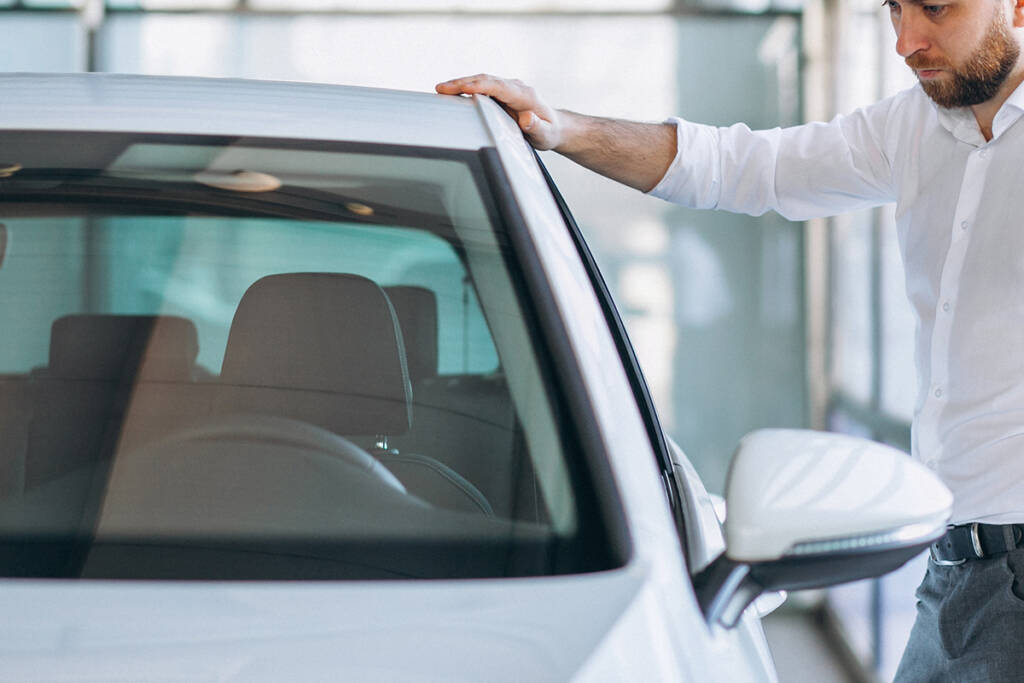
Vibration resistant automotive glass is not released until it earns a passing grade in extensive automotive glass tests that replicate real-life driving stress. And automotive glass testing validates that each of the glass components meets the performance standards of vibration.
Important Automotive Glass Testing Methodologies Are:
- Carrying Out the Resonance Frequency Test
- It determines how the glass shakes by vibration to find its weak places.
- Supports engineers in adjusting panel designs to address places where automotive glass can vibrate.
- Testing for random vibration.
- Re-produces a continuous rough surface in the laboratory.
- Experiments put glass through various directions of stress to match daily driving experiences.
- This test assures that only better quality vibration resistant glass are there for production.
- Modal Analysis
- How the glass system behaves in response to varying vibrations was studied in detail.
- It is an essential part of automotive glass testing to find out where the rattling could be happening with your vehicle’s window.
- It also helps to identify various zones which are prone to window rattling.
- Noise, Vibration and Harshness (NVH) are tested in the automotive industry.
- Shows how much vibration and window noise reduction are made by the glass. The test focuses on improving the level of vehicle window noise reduction.
- Make sure vehicle window noise reduction systems perform as desired in real time usage.
- Environmental Stress Tests
- Makes use of temperature swings, strong winds and vibration to check how durable the device is.
- The scenarios such as temperature change and mechanical shocks are intensely simulated at the time of automotive glass testing.
- Let the glass survive strong wind and temperature changes without days.
Automotive glass is tested to make certain it does not have any problems from production through use on highways. New automotive glass testing accelerates producers to predict the future trends in EVs and autonomous vehicles etc,.
Vibration Resistant Glass Properties in Current-Day Vehicles
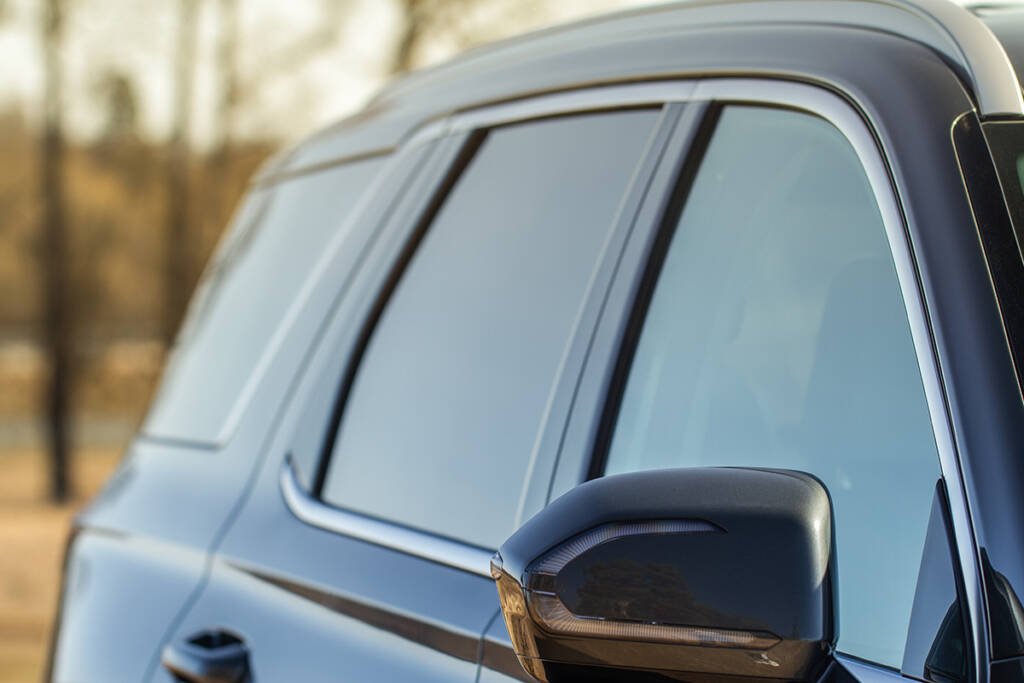
Modern technology reducing automotive glass vibration also adds luxury, advanced systems and improved safety for vehicles.
Important Aspects Are:
- Laminated Composite Material- Made to block window noise and vibration from vehicles.
- Sound-Dampening Interlayers- Resins or PVB interlayers isolate and stop transmitted noise vibrations. These interlayers will significantly contribute to vehicle window noise reduction.
- Various Curved and Rigid Shapes- Because they are stiffer, curved glass panels decrease the rattling in your vehicle’s windows.
- Precision-Mounted Frames- Strong adhesives and clips make it possible to attach the speaker without a vibration.
- Prevention from UV and Heat- Certain UV-protective and heat-reducing vibration resistant glass is included in some airplanes, making the cabin a more pleasant place to be in.
- Smart Integration- Works automatically with rain sensors, auto-dimming mirrors and heads-up displays.
How Manufacturers Work to Maintain Stability in the Long Term
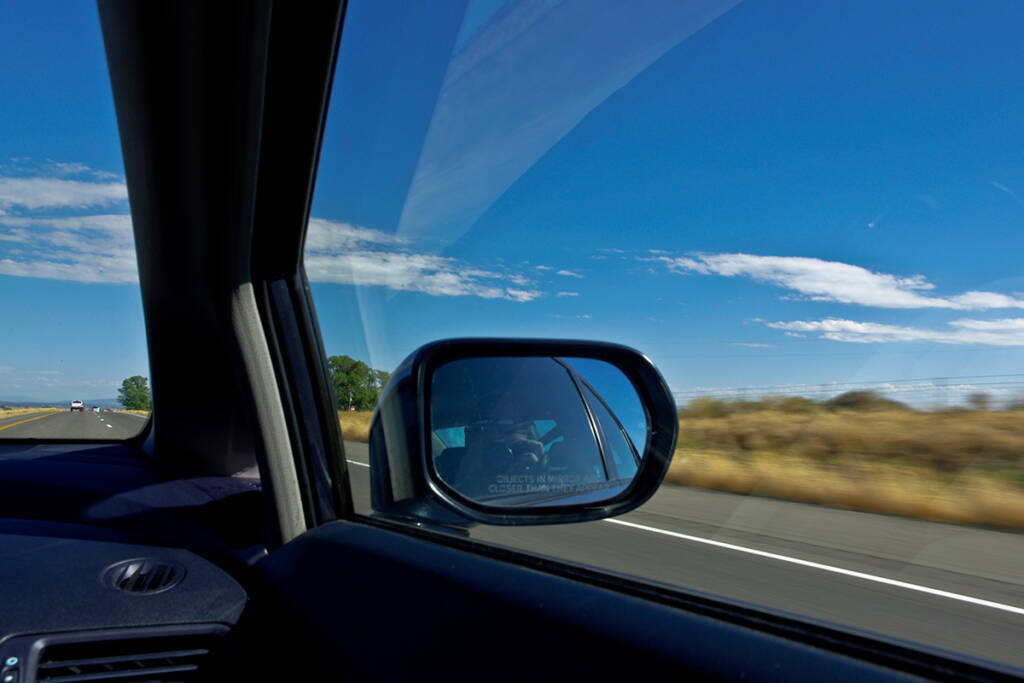
Achieving great performance is not the same as having it consistently. That is why OEMs develop sustainable automotive glass that can withstand road vibrations.
Tips to Help Music Sound Good Throughout the Gig:
- Latest Learning in Sealant Technology- They prevent windows from vibrating or rattling by always keeping a proper fit.
- With Precision Robotic Mounting.- Because robots are used, manual mistakes associated with glass installation are no longer possible, contributing to better stability later.
- Lifecycle Testing- Every part of automotive glass faces many tests to confirm its durability over tens of thousands of kilometers.
- Stress-Point Engineering- Engineers look for stress spots that could become cracks because of vibration and strengthen them if necessary.
- Company audits are done every so often- Manufacturers do regular tests to confirm that their devices satisfy international vibration resistance standards.
The next phase for Vibration Resistance & Smart Glass
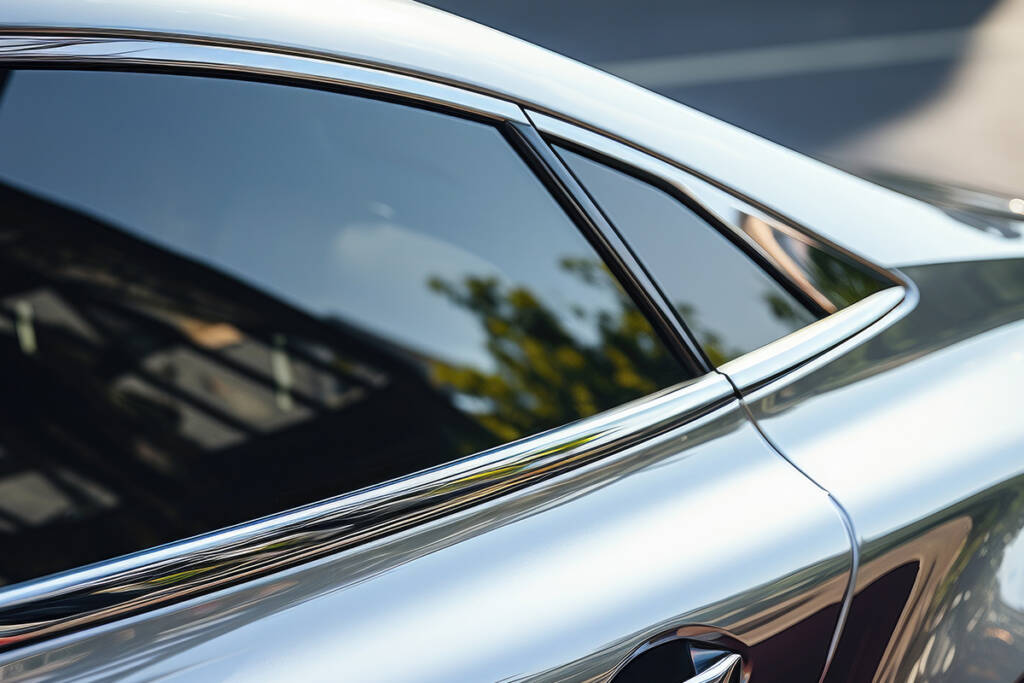
Vehicles will be intelligent, connect to technology and drive themselves. This calls for even greater performance from vibration resistant glass.
Emerging Trends:
- Displays and HUDs in the Automobiles – Need extremely stable glass so there is no flickering from vibrations in automotive glass.
- Sensor Stability- Shaking of the vehicle can disturb the performance of lane assist, auto-braking and ambient light sensors.
- Window displays that insert real- time information into drivers’ line of sight- For advanced visualization to work, the surface you view needs to be very still and unwarped.
With autonomous driving on the way, tomorrow’s automotives will use smooth, vibration-free glass to help it view, decide and act.
Typical Reasons Automotive Glass Shakes in Vehicles
Knowing what causes vibration in automotive glass supports the development of better damping systems.
Key Causes:
- If the device is not installed correctly, that trade is not completed- Shoddy installation may lead to gaps or loose fits which makes the windows rattle as the vehicle moves.
- Tired or Loose Rubber Seals- When automobile seals age, they can no longer limit vibration through the glass.
- Being Attuned to Vehicle Engine Frequencies- All glass windows vibrate at their own rate; if the rate is the same as the engine’s, it causes a noticeable hum when the vehicle is running.
- Bad or Uneven Roadway- Because of frequent driving on rough roads, vibration effects become stronger, mainly in the undead parts of the window.
Noticing these triggers is the beginning point for making glass that can handle strong vibrations.
The design of vehicle window frames helps decrease vibrations inside the vehicle.

Besides providing a structure, the frame also helps lessen vibration as the vehicle moves. Putting the glass into certain types of mounts can improve its stability to shaking and also maintain the vehicle window noise reduction.
Design the Frame in Ways That Improve Stability:
- Precision-Fit Channels- Make sure the glass is firmly held which helps limit unwanted motion inside the vehicle.
- Adding Materials That Protect from Shock- Vehicles have rubber or foam-lined frames to defend from vehicle window rattling.
- Mount Points with Boosts- Cut down on the flexing of the glass so that it remains vibration resistant for many years.
Because of a strong frame and soft lining caulk, a vehicle window remains both sturdy and quiet. So these kinds of shock- absorbing materials reduce vehicle window rattling to a great extent.
The Use of Aftermarket Replacements on Your Vehicle and Vibration Resistance
A lot of aftermarket lenses do not follow the OEM vibration standards, so they might cause discomfort and danger.
Problems related to using poor quality replacements:
- Different Curvature- Makes the glass vibrate more and leads to more instability.
- Not Enough Use of Adhesive- May result in the vehicle windows rattling as they become looser.
- The Seal does not meet the standard for quality- Makes it harder for glass to reduce rocks, vehicles or bumps from creating noise or vibrations.
Always go for replacement glass that is OEM-grade or TPRS verified.
Advances in testing and simulation of automotive glass.
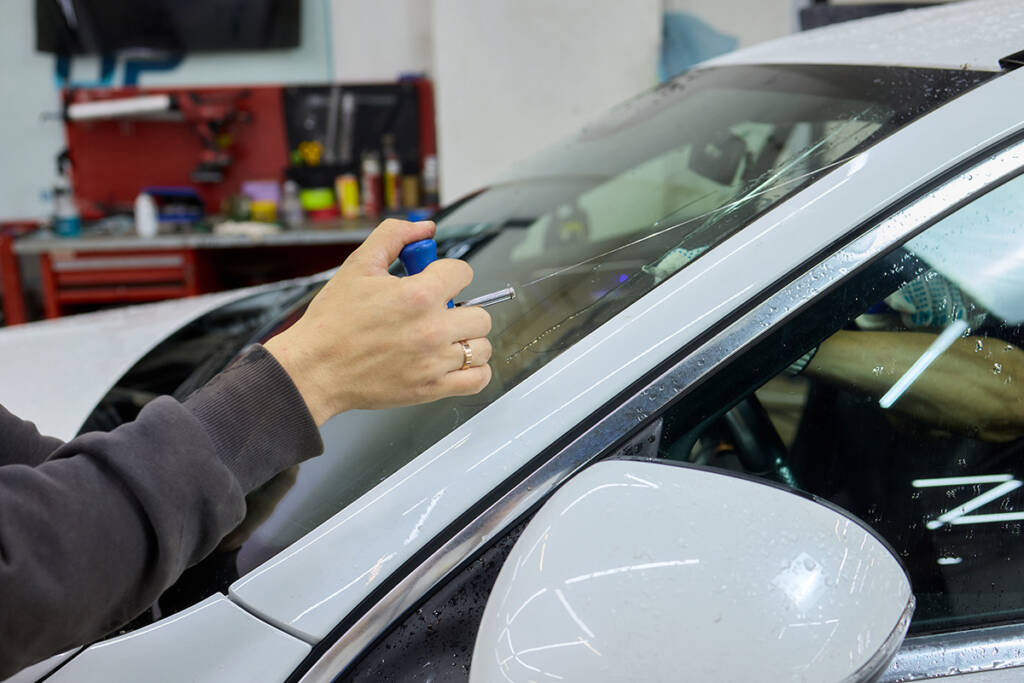
Testing of automotive glass is now more accurate, can forecast outcomes and helps stop problems.
Modern Innovations:
- Using a Digital Twin for simulation- Models virtual conditions to look at the vibration of automotive glass during varied driving conditions. Digital Twins are able to simulate automotive glass vibration under diverse road conditions.
- Laser Doppler Vibrometer- Technology to instantly identify weak points in a structure without having physical contact. It’s now an inevitable tool in automotive glass testing to detect vibration anomalies.
- Fast Road Simulation Systems- Experience multiple hours of road stress in a short period, to verify how much noise vehicle windows can reduce.
TPRS uses high-tech tools like automotive glass testing to guarantee glass panels remain strong over the years and in various settings.
What Acoustic Glass Does to Reduce Sound in Automobiles
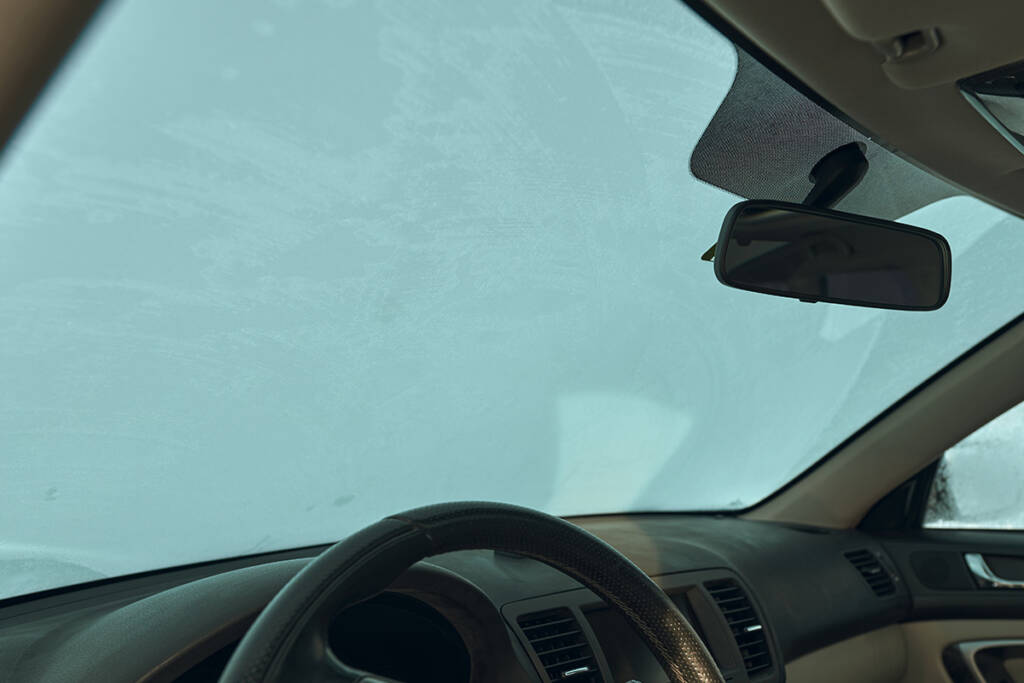
Acoustic laminated glass is now a major feature in high-end vehicles for making the ride more comfortable and peaceful. They are indeed manufactured for optimizing vehicle window noise reduction.
What Features Help the Acoustics?
- Materials that Make Up the Interlayer- Block middle and upper-range vibrations which reduces the noise coming through your vehicle window rattling..
- A combines laminated and curved glass- It helps the glass stay rigid and absorb vibrations quietly.
- Seam Sealing- Stops air passing between the glass and frame which prevents vehicle window rattling caused by outside noise. Maintaining proper seam sealing is vital to prevent vehicle window rattling.
When vehicles are built with comfort in mind, acoustic glass is one of the important elements needed.
Poor vibration resistance can mean dangerous situations for systems.
Staying strong against shock waves is important for vibration resistant glass as much as for blocking sound. The use of vibration resistant glass rescues the chance of loss due to sensor malfunction.
Concerns about Injury Caused by High-Power Tools:
- A structurally damaged building- Repeated shaking of a windshield or side window can weaken the way they are attached which increases the risk of cracks or detachment.
- Sensor Interference- Moving glass can cause camera images to look blurry or make ADAS features think there is a danger.
- A glass suddenly breaks- Noisy vehicle windows sometimes signal that high-frequency cracks and thermal stress failures are on their way.
In TPRS, safety and quietness work as partners: all automotive glass at TPRS has to pass a series of safety tests while moving.
Also check out our detailed blog on Automotive Window Systems: Engineering for Safety and Comfort
Frequently Asked Questions
Having vibration resistance in a vehicle makes the ride more comfortable, cuts down on vehicle window noise and stops issues such as window rattling and cracks over time.
This type of automotive glass is made to cut down on vibrations which helps the vehicle stay strong and quiet inside.
The layer in the middle of laminated glass stops vibrations from the road and engine from reaching the outer layers.
Disadvantages like a bad seal fit, deteriorating adhesive or mismatched natural frequencies between the glass and the frame can result in your vehicle windows sounding noisy.
Tests are carried out using resonance frequency analysis, random vibration simulations and NVH (Noise Vibration Harshness) measurements to determine performance.
By using exact mounting, vibration-resistant glass and technologies such as interlayers and door sealage for quietness.
Not allowing resistance to vibrations can gradually cause tiny cracks and weaken glass over long periods.
Yes, vibration, durability and different sound measurements are included in today’s automotive glass testing.
Those dampening seals catch the vibrations before they hit the glass, making the vehicle quieter and reducing how much windows shake.
Because curves can bend and curve glass is rigid, vibrations are evenly distributed and less intense on the building.




